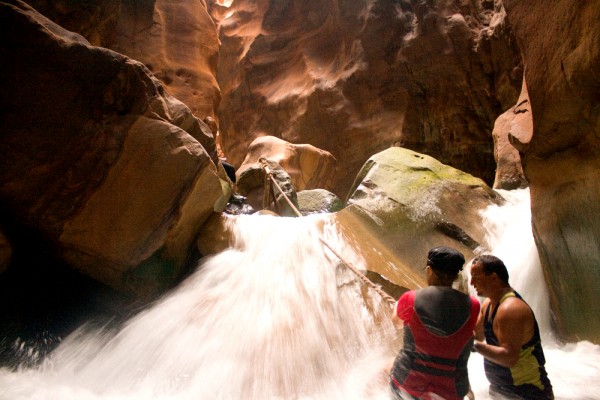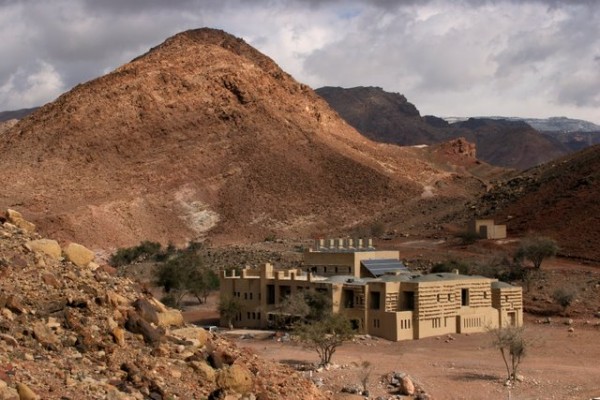1. An organic winery
Drop the “organic” and I still would’ve been surprised. I’ve tried wines from Israel and Lebanon, but Jordan was new to me as a grape- and wine-producing region. After returning home, I checked in with the buyer at my local Austin wine store (who helped me write 15 epic wine regions to visit before you die earlier this year) and he said the same.






